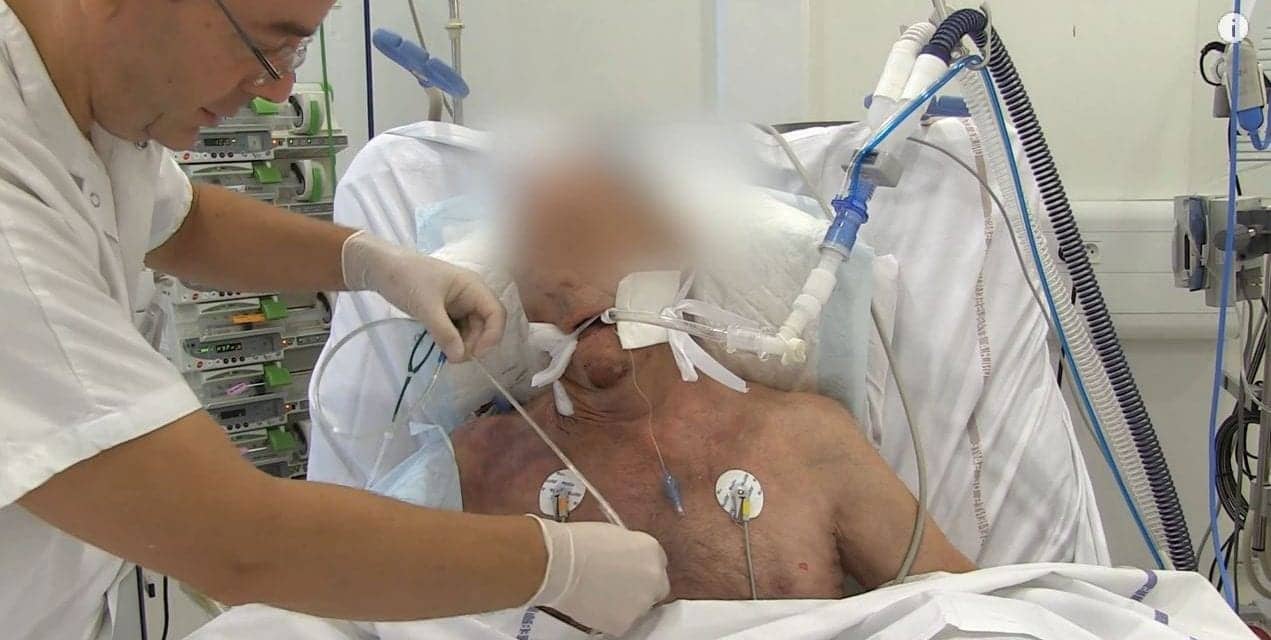Transpulmonary pressure may allow customization of ventilator settings in order to optimize lung recruitment and protective ventilation in mechanically ventilated patients.
By Jean-Michel Arnal, Senior Intensivist, Hopital Sainte Musse, Toulon, France; and Dominik Novotni, Manager of Research and New Technology, Hamilton Medical, Bonaduz, Switzerland
Introduction
In mechanical ventilation, basic monitoring combines airway pressure and flow. While the titration of ventilator settings based on measurement of airway pressure may be adequate for most mechanically ventilated patient, we know that this is an oversimplified surrogate for the pressure in the two components of the respiratory system, namely the lungs and the chest wall. It is now widely accepted that chest wall mechanics can be severely abnormal in critically ill patients. [1,2,3]
As a continuous effort to improve lung protection, the contribution of chest wall mechanics should not be ignored. Consequently, advanced monitoring in mechanical ventilation adds the measurement of esophageal pressure which is considered as a substitute for pleural pressure. Partitioning of lung and chest wall compliance is then possible and is very useful to assess lung recruitability, perform recruitment maneuvers, set PEEP and tidal volume. Transpulmonary pressure is airway pressure minus esophageal pressure measured during an end-inspiratory or end-expiratory occlusion, and represents the pressure to distend the lung parenchyma. Transpulmonary pressure may allow customization of ventilator settings in order to optimize lung recruitment and protective ventilation in mechanically ventilated patients.[4]
Continue reading this free, 8-page White Paper by filling out the short form below.
The white paper, which is sponsored by Hamilton Medical, explores:
- How to place the esophageal catheter
- Trouble shooting
- How to interpret esophageal pressure
- Setting PEEP, tidal volume and inspiratory pressure
Sponsored by











